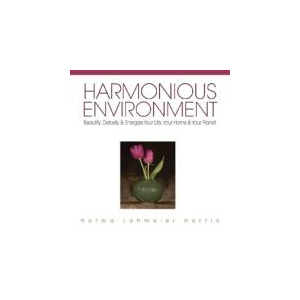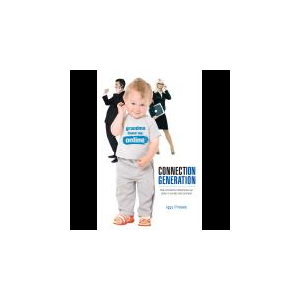Respect for the Ancestors: American Indian Cultural Affiliation in the American West
In this eagerly awaited book, the cultural anthropologist Peter N. Jones brings fifteen years and over twenty-five projects to bear on one of the more controversial questions in contemporary American anthropology and American Indian studies. Are contemporary American Indian tribes of the American West culturally affiliated with the people who crossed over from Asia over 10,000 years ago? Have American Indians in the Plateau and Great Basin lived in their homeland for thousands of years as their oral traditions affirm? These are some of the questions he considers in Respect for the Ancestors.
In 1996 on the banks of the Columbia River a 9,300-year old skeleton was found that would become the impetus for the first legal assault on the Native American Graves Protection and Repatriation Act (NAGPRA). The Kennewick Man, as it came to be called, put to test whether the American Indian tribes of the area were culturally affiliated with the skeleton as they claim and their oral traditions affirm, or whether the skeleton was affiliated with a people who are no longer present. At the same time, another 9,000-year old skeleton was found in the storage facility of the Nevada State Museum, where it had gone unnoticed for the past 50 years. Like the Kennewick Man, the Spirit Cave Mummy also brought to fore the question of cultural affiliation between contemporary American Indian tribes of the western Great Basin and those people who resided in the area during the Late Pleistocene and Early Holocene.
Cultural anthropologist Peter N. Jones tackles these contentious questions in this landmark study, Respect for the Ancestors. For the first time in a single work, the question of cultural affiliation between the present-day American Indians of the American West and the people of the distant past is examined using multiple lines of evidence. Out of this comprehensive study, a picture of continuous cultural evolution and adaptation between the peoples of the ancient past and those of the present-day emerges from the evidence. Further, important implications for the field of anthropology are discussed as a result of this benchmark study.
Anyone working in the American West or with American Indians and other indigenous cultures will benefit from this book.











